The City streamlined tax filing services for businesses and centralized the management of multiple tax types via GovOS.


The City streamlined tax filing services for businesses and centralized the management of multiple tax types via GovOS.

The Register and Recorder reflects on the County’s evolution from paper-heavy processes to cutting-edge digital solutions—highlighting a strong partnership with GovOS and a commitment to serving constituents more efficiently.
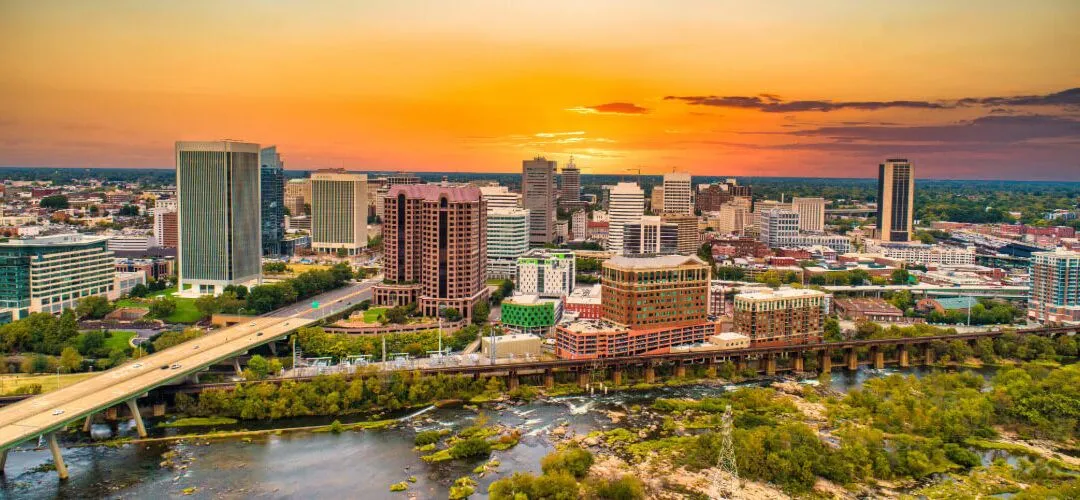
For circuit court clerks, the wave of interest around property or title/deed fraud poses both a challenge and an opportunity.
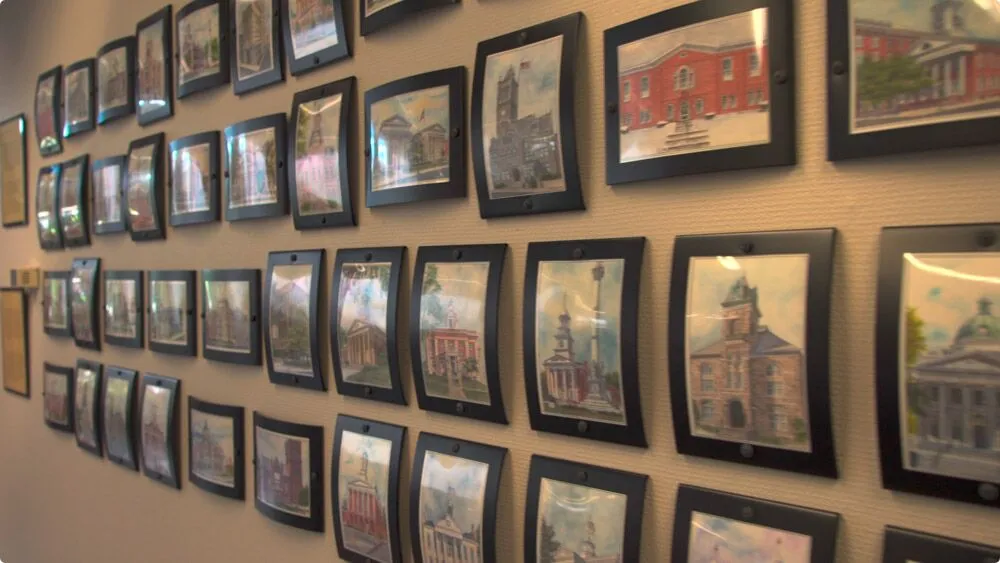
The County transformed its records office—from manual microfilm and paper books to efficient, accessible eRecording—improving turnaround times, reducing in-person traffic, and enhancing public access to vital documents.
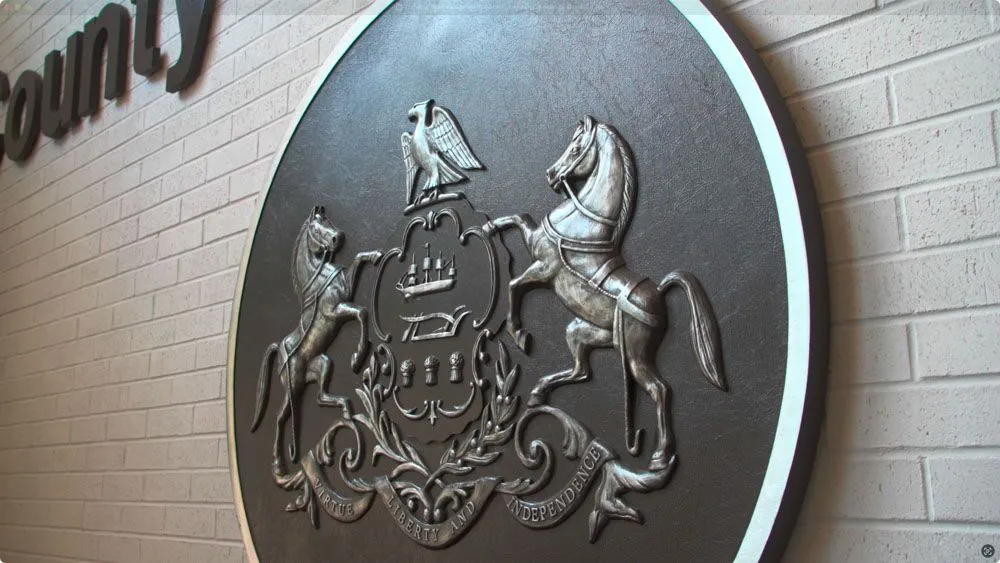
The County has embraced eRecording to streamline document processing, accelerate turnaround times, and deliver faster, more efficient service through secure digital submissions.
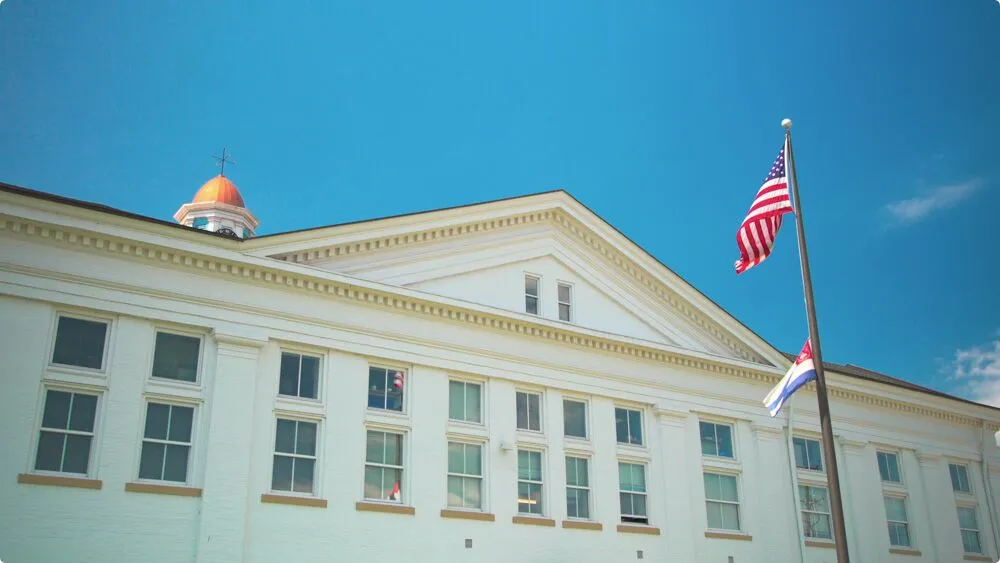
The County is redefining public service with modern self-service tools—from online eRecording and cloud-based record access to fraud protection alerts—making it easier than ever for constituents to access vital services anytime, anywhere.
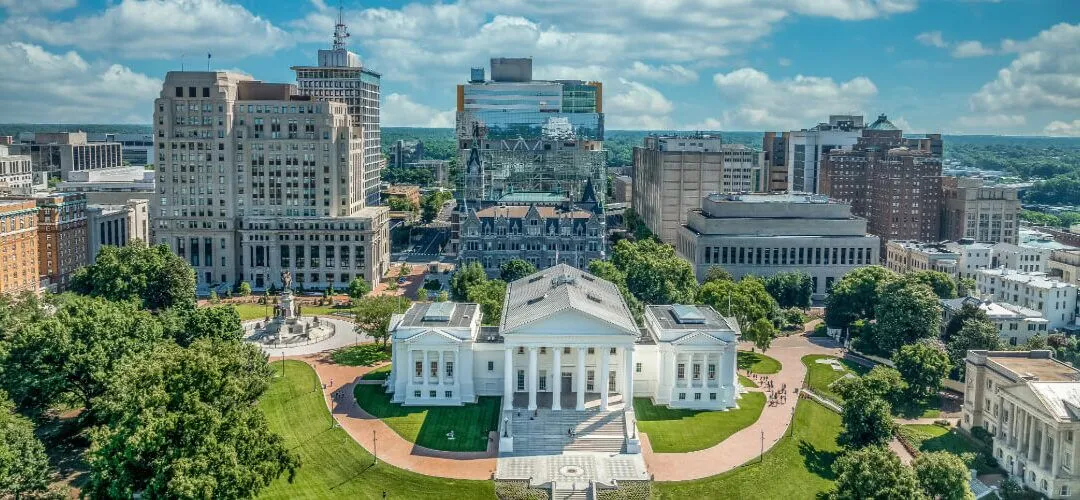
To support growing communities, Virginia tax leaders are working to modernize Business, Professional & Occupational License Tax administration and ensure every dollar owed is collected efficiently and accurately.
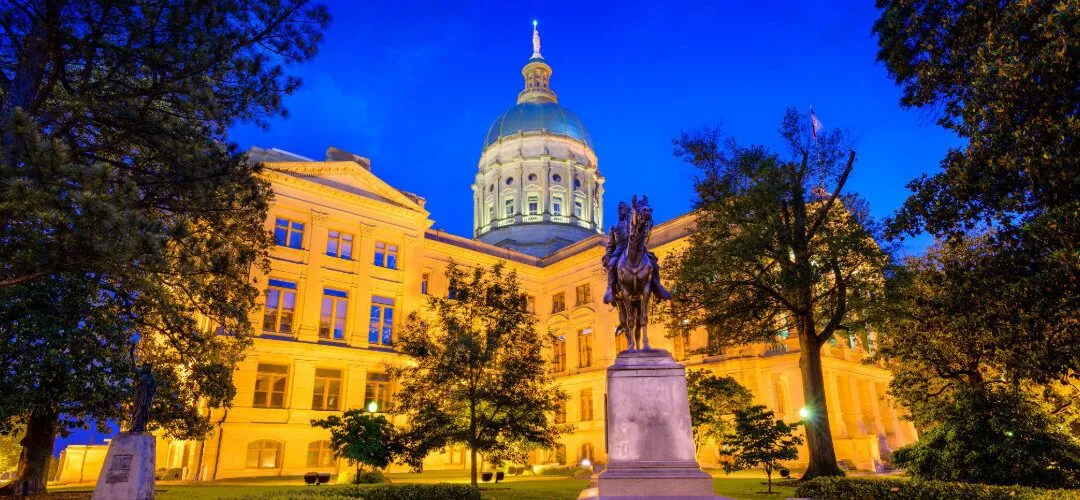
As Georgia cities and counties seek to strengthen their financial footing, local leaders are exploring smarter, more efficient ways to collect the business license fees and taxes their communities depend on.

As Alabama cities and counties increasingly rely on business license revenues, local officials are exploring practical ways to streamline collections and improve compliance.